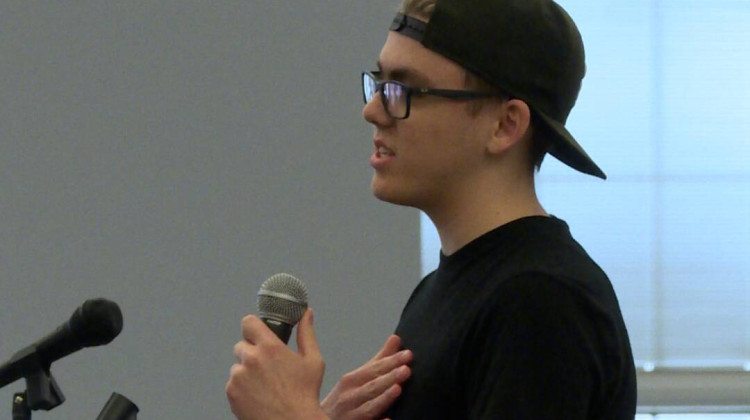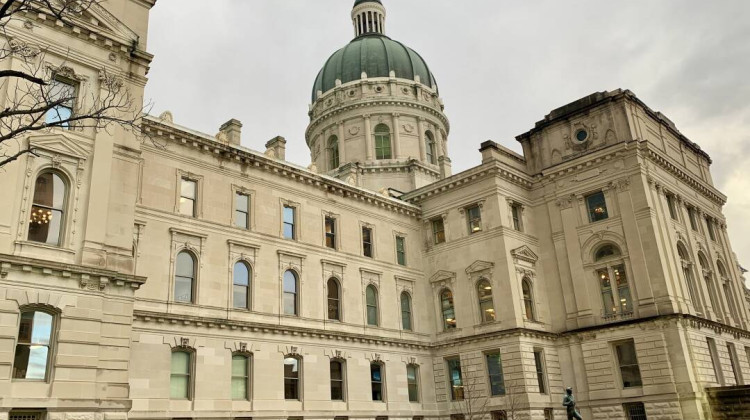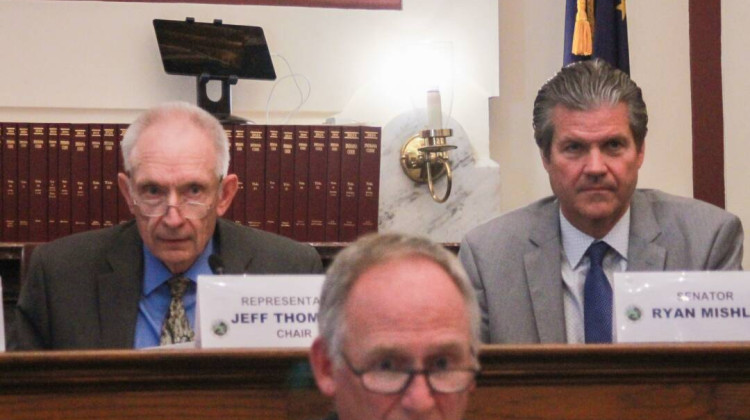
Republicans have held a supermajority in the state Senate since the 2010 election and in the state House since the 2012 election.
Brandon Smith/IPB NewsOn an election night when a predicted GOP wave didn’t materialize in many places across the country, Hoosier Republicans secured continued supermajorities at the Statehouse.
Republicans have controlled a supermajority in the state Senate since the 2010 election. And they gained a supermajority in the House two years later, holding it since the 2012 election.
A supermajority means you control more than two-thirds of the seats in the chamber. That’s important because, in order to conduct legislative business, you need two-thirds of members present, what’s known as a quorum – so, the minority party has a bargaining chip if they can deny a quorum.
READ MORE: Holcomb signs redistricting bill, officially ending legislative map-drawing process
Join the conversation and sign up for the Indiana Two-Way. Text "Indiana" to 73224. Your comments and questions in response to our weekly text help us find the answers you need even after Election Day.
Democrats won’t break those supermajorities this year. In the House, Republicans had 71 seats to the Dems’ 29 heading into election night. It’s likely to stay about the same, though Republicans may gain one seat. The same goes for the Senate, where it appears Republicans will add one seat to grow their supermajority, 40 seats to 10.
Those margins don't match up with how Hoosiers vote statewide, however. For instance, in this year's state treasurer race, the Republican is on track to receive about 60 percent of the vote. In the state House, the GOP will have about 70 percent of the seats, while in the Senate they'll have 80 percent.
Contact reporter Brandon at bsmith@ipbs.org or follow him on Twitter at @brandonjsmith5.
9(MDAyMzk1MzA4MDE2MjY3OTY1MjM5ZDJjYQ000))
 DONATE
DONATE






 Support WFYI. We can't do it without you.
Support WFYI. We can't do it without you.